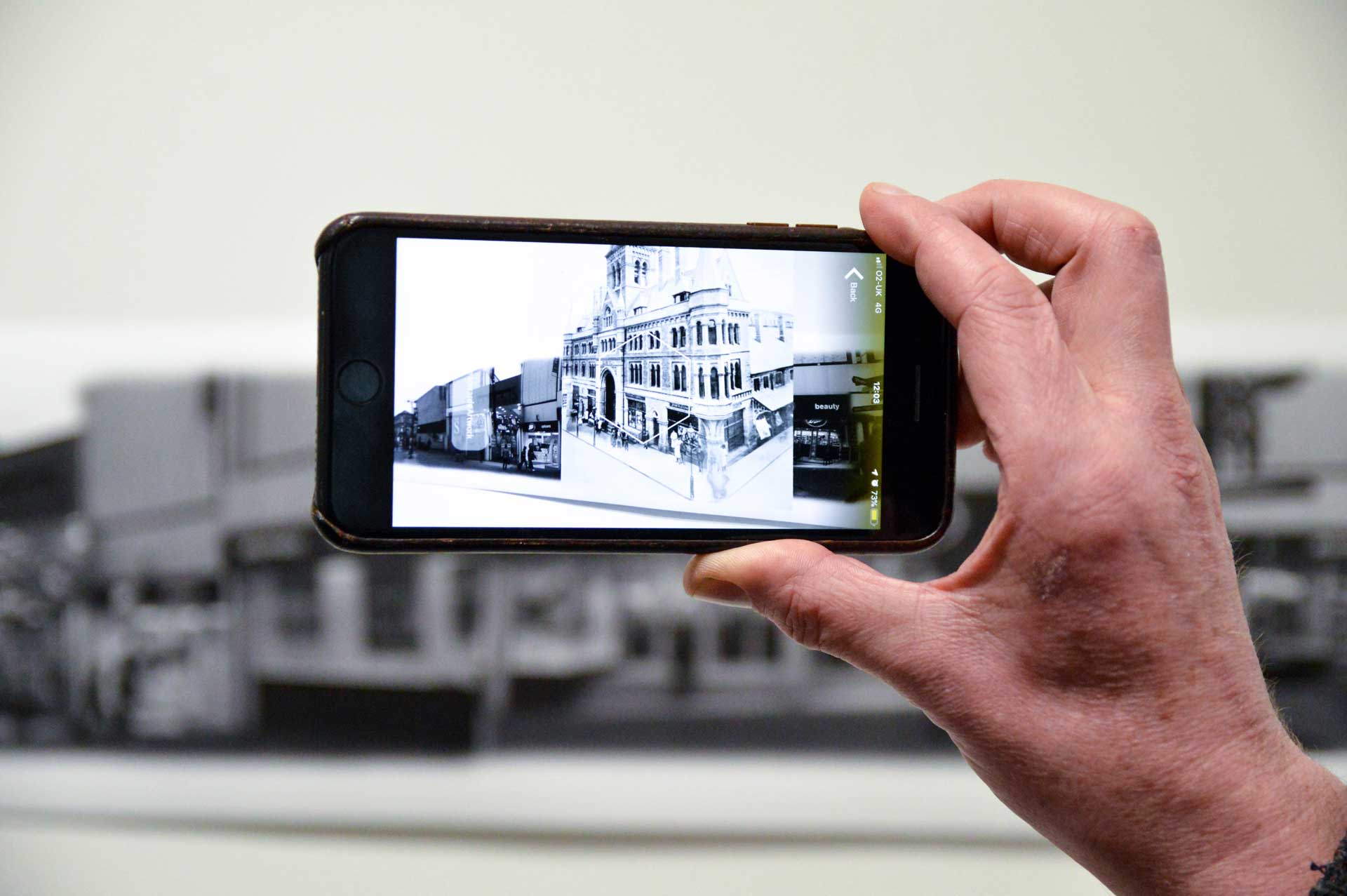
Research Practice Talks
Catch up with the series so far on Vimeo
This series of talks explores the theme of ‘research through creative practice’.
These talks feature creative practitioners in the School of Art, Design and Architecture and covers a broad spectrum of approaches in architecture, contemporary art, photography, product design, sculpture, painting, textiles and curation. This is an opportunity to see and hear more about the role of research in practice, current projects in creative practice, undertaking research as a practitioner and much more!
After these talks, there will be opportunities for questions and answers.
All are welcome.
This is an event hosted by the Centre for Cultural Ecologies in Art, Design and Architecture as part of the School of Art, Design and Architecture.
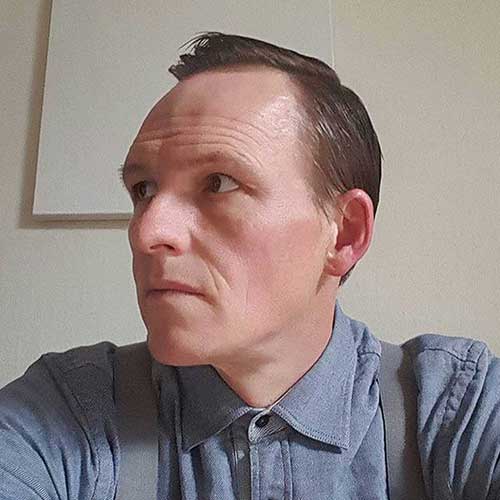
Dr Dale Holmes
The Thickness of Painting
Thursday 28 January 2021, 2pm (UK time)
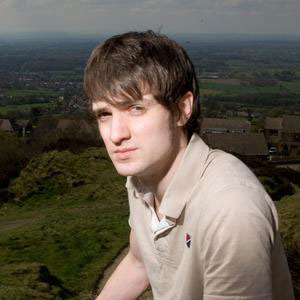
Dr Austin Houldsworth
For money's sake: introducing Redefinition Design
Thursday 4 February 2021, 5pm (UK time)
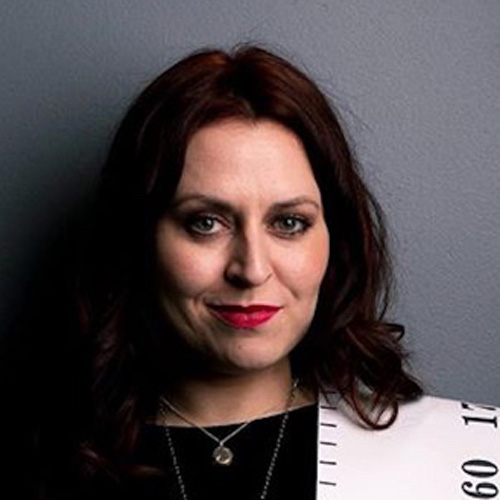
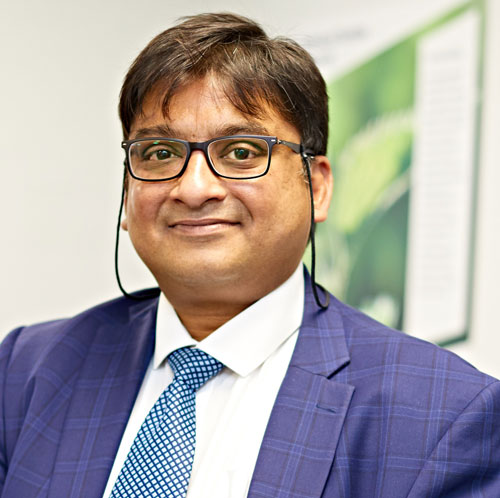
Professor Parik Goswami
Textile Functionalisation: a tool for sustainable topical innovations
Thursday 18 February 2021, 2pm (UK time)
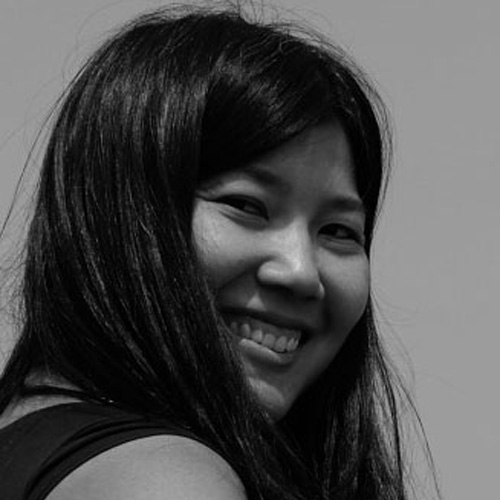
Dr Yan Wang Preston
Place, Landscape, Identity
Thursday 25 February 2021, 5pm (UK time)

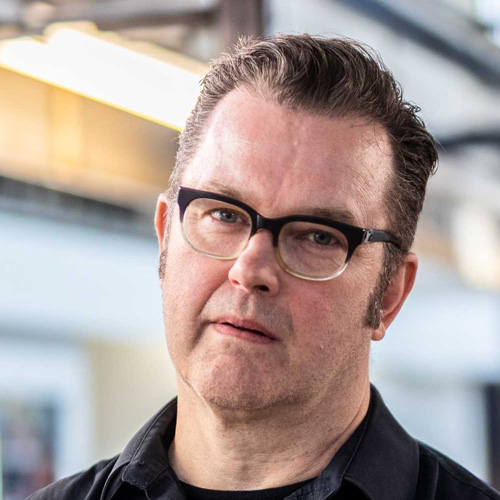
Professor Nic Clear
A Strange Newness: Architecture as Science Fiction
Wednesday 10 March 2021, 5pm (UK time)
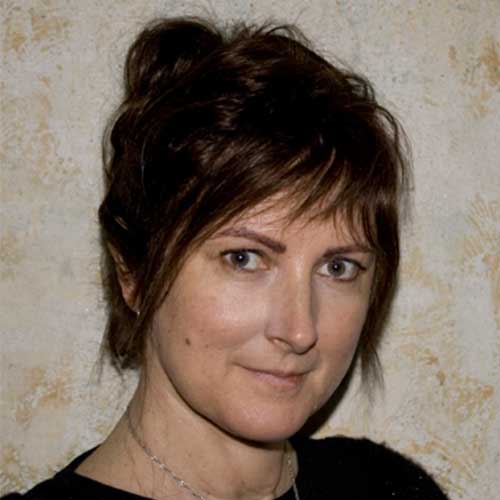
Dr Jill Townsley
The Forever-Do: Process and repetition linking art and science
Thursday 18 March 2021, 2pm (UK time)
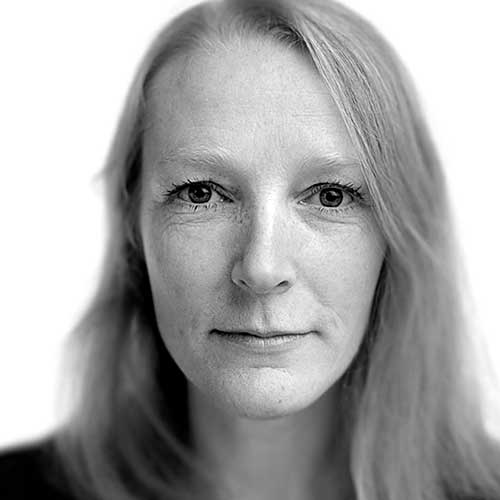
Dr Anneke Pettican
Touch has a Memory: Sculptural Thinking in a Covid Context
POSTPONED UNTIL AFTER EASTER BREAK
The Thickness of Painting
Thursday 28 January 2021, 2pm (UK time)
A discussion of the ontological, material, and affective thicknesses Dale is exploring in his painting and writing practice.
Dr Dale Holmes
Dr Dale Holmes is an artist researcher and Senior lecturer at the University of Huddersfield.
Holmes is a painter who makes paintings that are pictures and pictures that are paintings. He refers to this as Painting Pleasure-Humour and searches for it somewhere in the objective/non-objective seam-split. Currently he is absorbed by the thicknesses of painting, the thickness of things, ontological thickness, flexibilities of interpretation and viscosities of relations, the material thicknesses of surface encounter, of concentrations and densities, but equally stupidities and dullness. Other research areas include exploring the work and precarious biography of Carl Einstein (1885 - 1940) which to date has produced exhibitions and events and an edited volume titled the Graveside Orations of Carl Einstein for MA Bibliotheque was published in early 2019.
He has been a practicing artist since 1999 and has exhibited his work nationally and internationally both as Dale Holmes, as part of Totaller and collective research project Material Conjectures.
For money's sake: introducing Redefinition Design
Thursday 4 February 2021, 5pm (UK time)
Houldsworth’s research has yielded strategies that allow the radical re-conception and design of currency systems and monetary artefacts, through the application of a redefinition design approach.
Dr Austin Houldsworth
Austin Houldsworth is a double graduate of the Royal College of Art. He is an Interdisciplinarity design practitioner, researcher, educator with a focus on critical and speculative design practice within the context of product and interaction.
Austin's research and practice strive to leverage change through the application of design within unfamiliar disciplines. Like reimaging and redesigning monetary systems (‘For moneys sake’ 2018). Building the world’s first prototype human fossilisation machine. Or recently founding the ‘Intergalactic Space Agency’ at the Eden Project.
He also runs Ahaaa; a design consultancy that works with industry to develop and run design competitions. Like the founding of the ‘Future of money design awards’ for Consult Hyperion, V&A, Money2020 and the ‘Creative Insight Awards’ for Worldpay.
Fashion Magpie
Thursday 11 February 2021, 1.30pm (UK time)
Fashion research draws on a variety of established disciplinary conventions; from the controlled material culture methods of archaeology to the more fluid techniques of oral history and everything in between. In this way, it can be considered something of a magpie discipline, seizing on the brightest and most interesting elements of other research traditions and employing these in the service of fashion.
Jade Halbert considers the history of fashion as an academic subject and argues that this magpie tendency has allowed fashion to emerge as one of the least-constrained and most exciting academic disciplines of the twenty-first century.
Dr Jade Halbert
Jade is a historian of the British fashion industry, principally interested in the economic, social, and cultural impact of fashion business and manufacturing since c.1840.
The modern rag trade - which is to say the ready-to-wear and off-the-peg fashion industries - is Jade's current focus. Her research aims to shed light on the hidden world of the fashion factory, and goes beyond questions specific to socio-economic concerns around workplace conditions to offer new perspectives on the importance of the rag trade and its workforce in the creation of British fashion from c.1960 to c.1990.
Textile Functionalisation: a tool for sustainable topical innovations
Thursday 18 February 2021, 2pm (UK time)
Professor Parik Goswami
Professor Parikshit Goswami (BSc (Tech), MSc, PhD, MRSC, ASDC, C Col, FTI, CText, CMgr, MCMI, FHEA) completed bachelor’s degree in textile technology and then worked within different industries, including a world-leading third-party textile testing and quality certification company. Subsequently, he did his MSc in Advanced Textile and Performance Clothing, and his PhD from the University of Leeds.
Professor Goswami’s domains of research are product development using flexible materials and application of chemistry for functionalising textiles. Professor Goswami manages a large profile of research concerned with fibre/polymer science, nonwovens, medical textiles (implantable materials and non-implantable materials), sustainable materials (fundamentally understand the properties of new material), application and development of nano/submicron fibres for novel applications, and plasma treatment for functionalising textiles and textile chemistry. He is a member of Society of Dyers and Colourists (SDC), Education, Qualifications and Accreditation Board (EQAB), a trustee of SDC, and is a member of EDANA’s R&D working group.
Place, Landscape, Identity
Thursday 25 February 2021, 5pm (UK time)
Dr Yan Wang Preston
Dr Yan Wang Preston is an award-winning practicing artist with long-term interests in the contested definitions, myths, politics and ideologies of nature in contemporary societies. Her practise is primarily based in photography, especially landscape photography. With this foundation, she is also interested in process-based art as both practice and research, which can take different forms such as performances, conceptual photography, videos, books and social/digital sculptures. Her own major projects include: ‘Mother River’ (2010-2014), for which she photographed the entire 6,211km Yangtze River in China at precise 100km intervals on a large-format film camera; and ‘Forest’ (2010-2017), for which she investigated the politics of urban re-naturing by photographing transplanted old trees and ecology recovery in new Chinese cities.
Preston’s work has won major international awards such as the Hundred Heroines from the Royal Photographic Society, 1st Prize, Syngenta Photography Award and the Shiseido Photographer Prize at the Three Shadows Photography Annual Award in Beijing, China. Her solo exhibitions have been presented at prestigious venues such as the 56th Venice Biennale, Chongqing China Three Gorges Museum, Wuhan Art Museum, Gallery of Photography Ireland and Impressions Gallery in Bradford, UK. Her monographs ‘Forest’ and ‘Mother River’ are both published by Hatje Cantz in 2018. Her work is featured in numerous magazines and newspapers, such as The Guardian, Irish Times, European Photography, Chinese Photography, CCTV and British Journal of Photography.
Beyond Ourselves
Thursday 4 March 2021, 2pm (UK time)
Examining a need for sublime affect in practice and theory.
From Cern to the cemetery, from the Himalayas to Hiroshima - Dr Gareth Hudson discusses the search for sublime affect and exceptional experiences, how he thinks through practice as research and why these things might matter to a collegial body and beyond.
A Strange Newness: Architecture as Science Fiction
Wednesday 10 March 2021, 5pm (UK time)
Theoretical and practice-based research on the links between Architecture and Science Fiction.
Professor Nic Clear
Professor Nic Clear is a qualified architect, writer and curator, and Acting Dean of the School of Art, Design and Architecture at the University of Huddersfield.
The work Professor Nic Clear has developed is unique within architecture and architectural education due to the way film, video, animation and motion graphics are utilised to generate, develop and represent architectural and spatial practices. This work has an extensive reputation and has been shown at international film festivals across Europe, Asia and the US.
Professor Nic Clear has been at the forefront of the use of the moving image in architecture and architectural education for over 20 years, developing skills and techniques in the production of a wide variety of projects from documentary programmes to highly speculative 'virtual' conceptions of space.
He has written extensively on science fiction and architecture, and produced a number of speculative projects that propose architecture ‘as’ science fiction. He has designed and curated a number of critically acclaimed exhibitions, and his own work has been exhibited internationally.
The Forever-Do: Process and repetition linking art and science
Thursday 18 March 2021, 2pm (UK time)
Dr Jill Townsley
Dr Jill Townsley is currently an ‘Artist Expert’ for the EU Commission, and has been artist in residence at the Joint Research Centre (JRC) in Italy. The JRC is a community of researchers appointed to advise EU policy. Jill has developed work for the EU funded ‘Resonance III festival’ in October 2019. The theme for the festival was Big Data, she is collaborating with the JRC researcher in computer systems and security, Carlo Ferigato on a project called FOREVER-DO. This multi-faceted project utilises research on data visualisation and Petri Net systems and has resulted in a socially relational game the FOREVER-DO Game, which was presented at the Milan Digital Week in March 2019. It was further developed as the FOREVER-DO Game 2, for presentation at the JRC in October 2019 and incorporated digital tracking and visualisation alongside the analogue game. A large-scale installation the FOREVER-DO Infestation, was also presented at the Resonance III festival and a short documentary film The FOREVER-DO Project, was shown at the BOZAR(LAB) in Brussels in 2019-20.
Jill's work explores ideas of repetition, process and scientific collaboration, predominantly through large-scale sculpture and installation, often including time-based media, especially time-lapse animation that documents her process, or the temporality of her large sculptures. Her exhibitions may also explore drawing and photography. She studied Sculpture at the Royal College of Art and has a practice-based PhD in Fine Art from Liverpool University, for which she received a Gladstone Fellowship from the University of Chester.
Touch has a Memory: Sculptural Thinking in a Covid Context
POSTPONED UNTIL AFTER EASTER BREAK
This talk will present the latest research from the artist collective Brass Art and will feature new work using Augmented Reality.
Dr Anneke Pettican
Anneké Pettican is an artist and co-director of Brass Art (1999 -) with Chara Lewis and Kristin Mojsiewicz. Their collaborative practice explores the uncanny, including aspects of doubling and the limen – the inbetween spaces of the physical world and the realms of the imagination.
Brass Art’s recent exhibitions include Flights of Fancy, Tatton Park Biennial (2012) curated by Danielle Arnaud and Jordan Kaplan; Dark Matters: Shadow Technology Art, The Whitworth Art Gallery, Manchester (2011) curated by Helen Stalker; The Economy of the Gift, A Foundation, Liverpool (2011) curated by Ticiana Correa; Inside Out, Object Gallery, Sydney and touring; Concrete and Glass, Hoxton Square, London (2011) curated by Flora Fairbairn and Paul Hitchman.
Additionally Brass Art collaborate with other practitioners, researchers and industries. Recent artistic collaborators include Professor Monty Adkins, Simon Patterson, Alison Mealey and Spencer Roberts. Pettican and Roberts installations have been shown at international festivals including the International Symposium of Electronic Art (ISEA) and Bank Art, Yokahama, Japan as part of the 2008 Biennial.